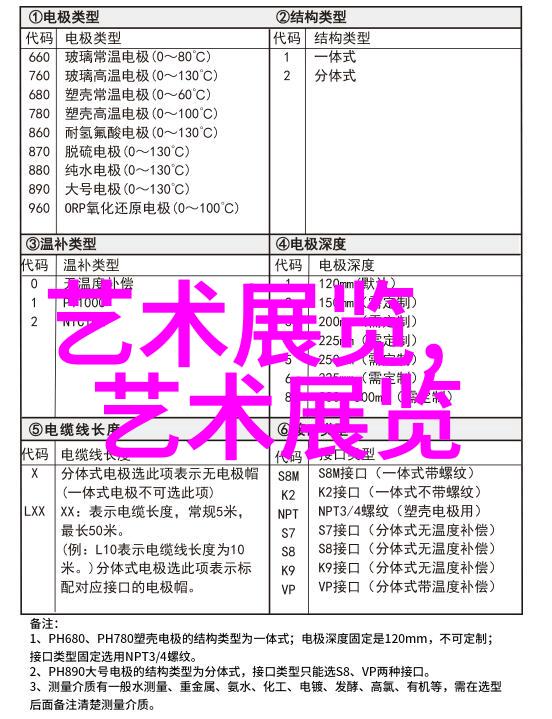金融界的艺术品收藏银行如何赋予艺术作品新价值
金融界的艺术品收藏:银行如何赋予艺术作品新价值

银行对艺术品收购的历史回顾与影响
银行在20世纪初期开始涉足艺术品投资,最初主要是作为一种避险资产。随着时间的推移,这种投资逐渐被视为一种有潜力的财富增值方式。银行对艺术品收购不仅体现了其对文化遗产的承担,也反映了其在市场趋势和经济环境中的敏锐洞察。

银行如何评估并选择高投资价值的艺术品
为了确保投资回报率,银行会采用严格的评估标准来选择那些具有长远市场前景和高投资潜力的作品。他们可能会咨询专家意见、参考市场动态,并且关注原作创作者或相关领域内的人气变化等因素。在一些情况下,banks may also consider the potential for future appreciation in value.

如何管理和维护银行持有的艺术珍宝
一旦确定购买目标,banks must ensure that the artwork is properly stored, insured and maintained to preserve its condition and value over time. This involves collaborating with experienced conservators, curators and art handlers who have a deep understanding of the specific needs of each piece.

金融机构通过展览提升公众认知与资产增值
Banks can leverage their extensive networks to organize exhibitions or loan artworks to prominent museums or cultural institutions, thereby increasing public awareness of the pieces they own while potentially boosting their investment returns. These events not only showcase the bank's commitment to arts but also provide an opportunity for visitors to engage with these works up close.

法律框架与税务策略在银行收藏中所扮演角色
When it comes to managing an art collection as an investment portfolio, legal frameworks and tax strategies play crucial roles in maximizing returns while minimizing liabilities. Banks must navigate complex regulations governing ownership transfer, import/export procedures and taxation on capital gains or losses from sales.
未来的趋势:数字化技术如何改变传统艺商模式?
The rise of digital technologies is transforming traditional art market practices by providing new avenues for discovery, authentication verification and even virtual tours of collections held by banks or other collectors worldwide. As technology continues to evolve at breakneck speed, it will be interesting to see how these innovations reshape the landscape of financial institutions' involvement in art investments moving forward